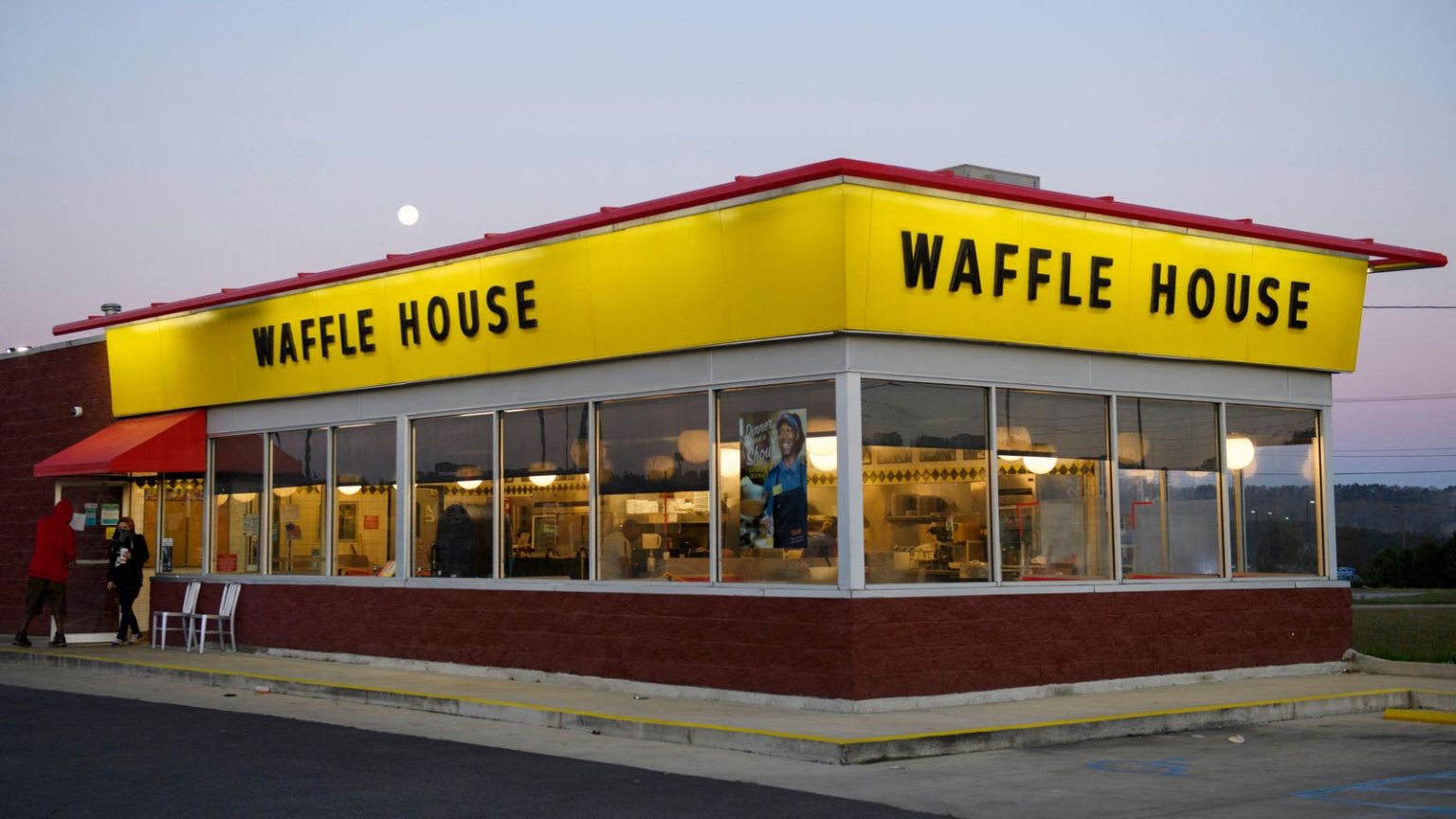Egg prices have seen a dramatic rise this year, with consumers’ costs skyrocketing from around $1.35 to $3.93 per dozen, according to the USDA’s Producer Price Index. This soaring increase indicates that the cargo industry is facing Beijing’s most 2023 fears about supply chain disruptions.
The surge in egg prices has been fueled by a pervasive avian flu-like pandemic, which hasulturID reduced the supply of large, grade-A eggs by an foot. As of January 2025, the price per dozen large eggs hit $4.95, a significant jump from $2.85 last year—one of the most volatile food staples in recent history.
Waffle House opting to increase breakfast prices by $0.50 per egg from February 3, 2025, caused a noticeable shift for customers. With this surcharge now applicable across all locations, prices have likely seen a $1 to $1.50 increase per meal for breakfast platters with two to three eggs.
The current breakfast meal has long been Toyota’s most affordable meal of the day, yet rising Costs have forced restaurants to rethink their pricing strategies. Study suggests that—Denny’s and IHOP now adjust combo prices to account for rising ingredient costs. Independent diners are experimenting with liquid egg substitutes and perhaps adjusting portion sizes to maintain profitability.
Meanwhile, recent trends indicate that restaurants are seeing breakfast sales rise—on average, sales of breakfast meals outpaced lunch and dinner, up 14% during the past quarter. Additionally, breakfast becomes a key driver of restaurant revenue, contributing another 1% to 1.5% of restaurant and food service take-ins.
Eggs have long been regarded as a cost-effective protein, yet they are now driving food inflation in ways we haven’t seen before. Eggs have thus become an economic indicator of the broader food inflation landscape. This graduates me to a summary that captures the key factors driving the egg price increase and its implications for dining and breakfast consumption.

